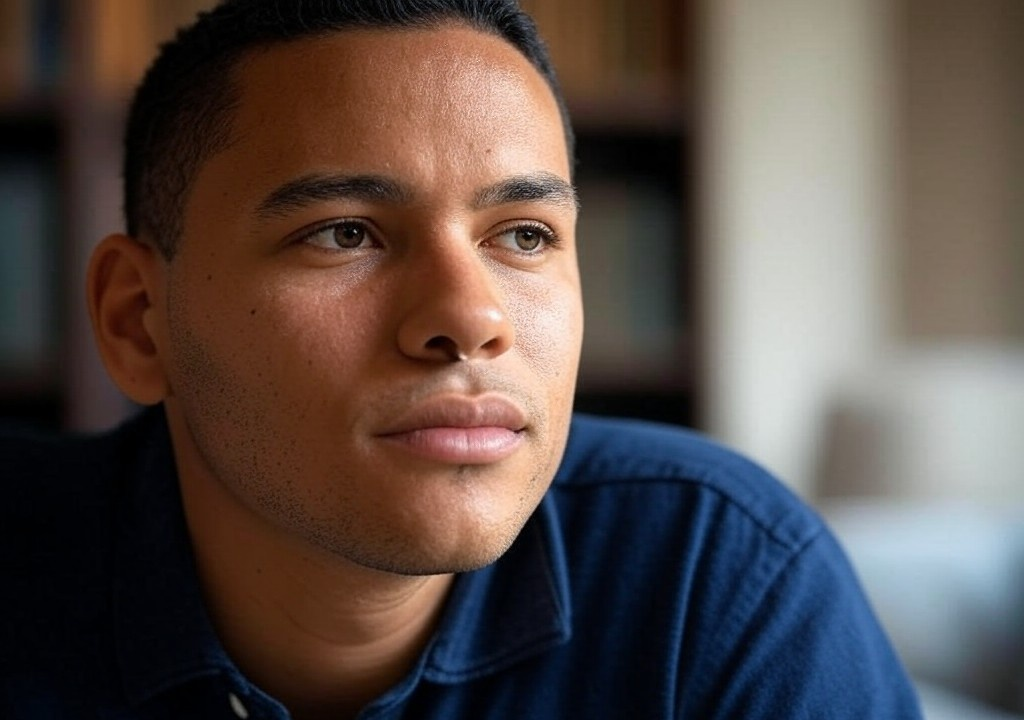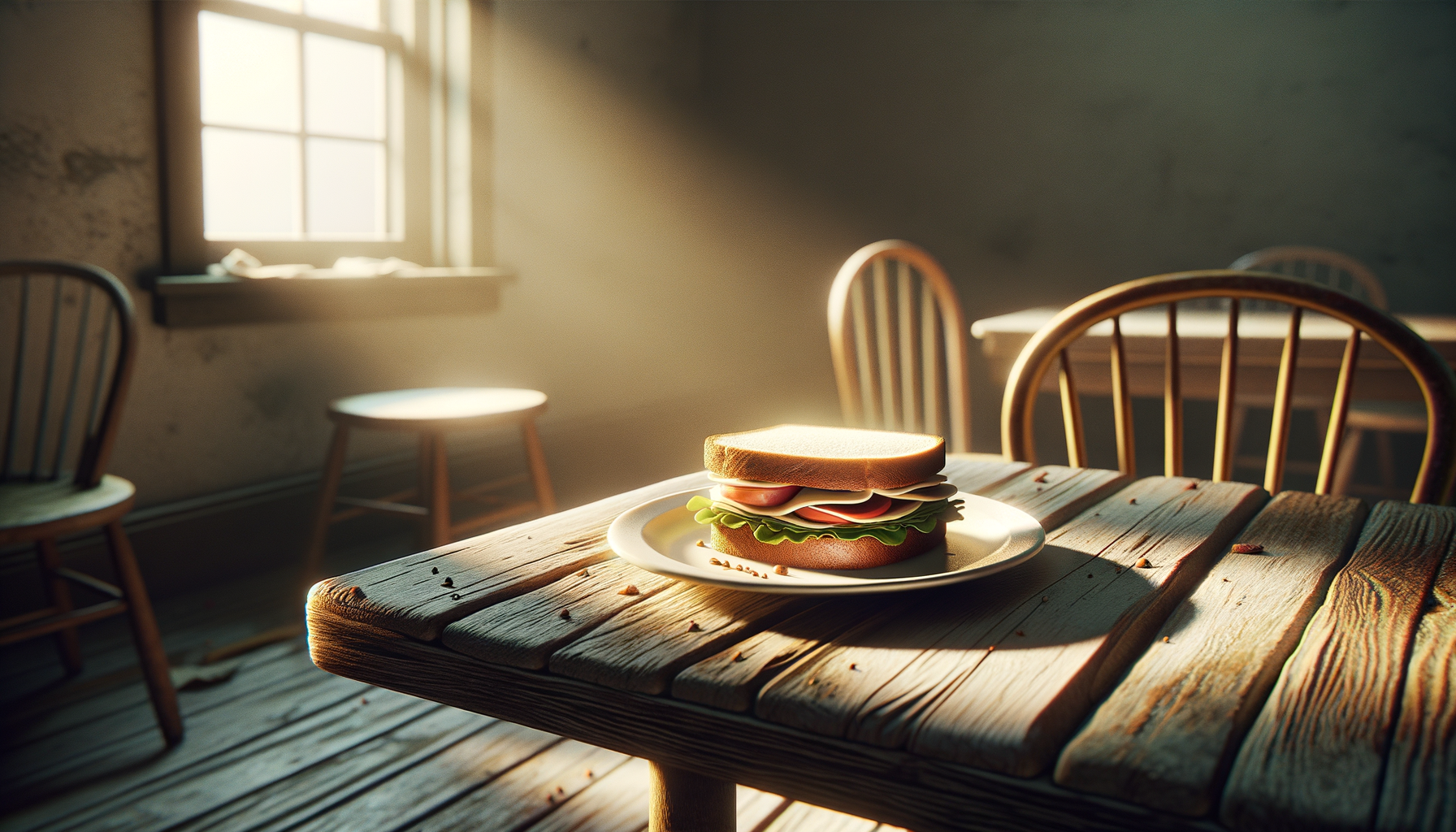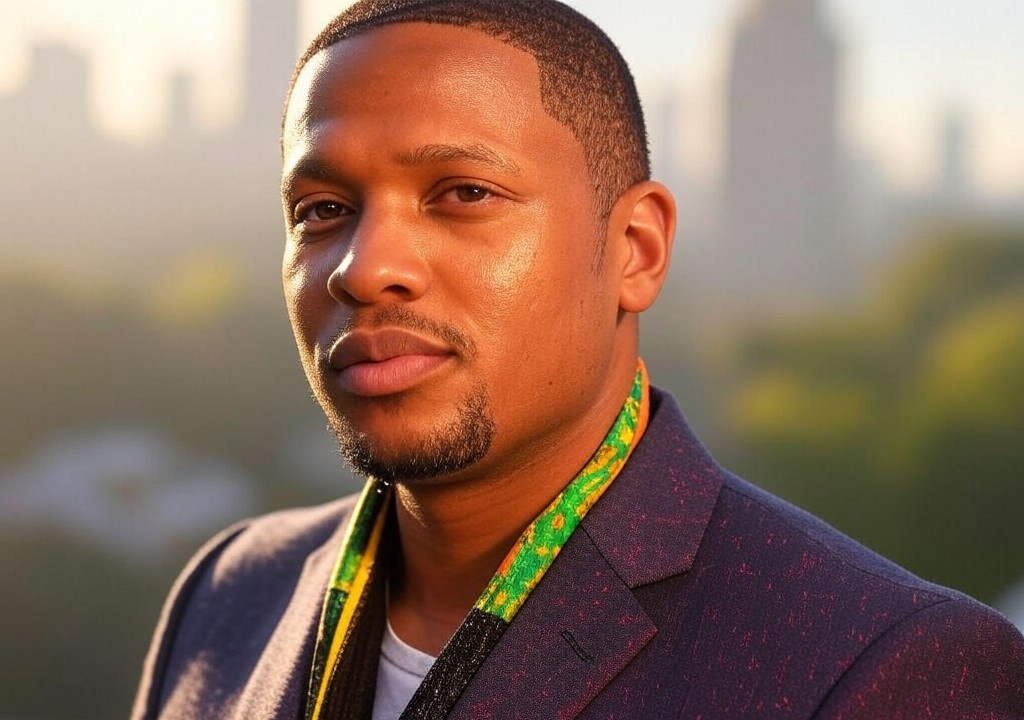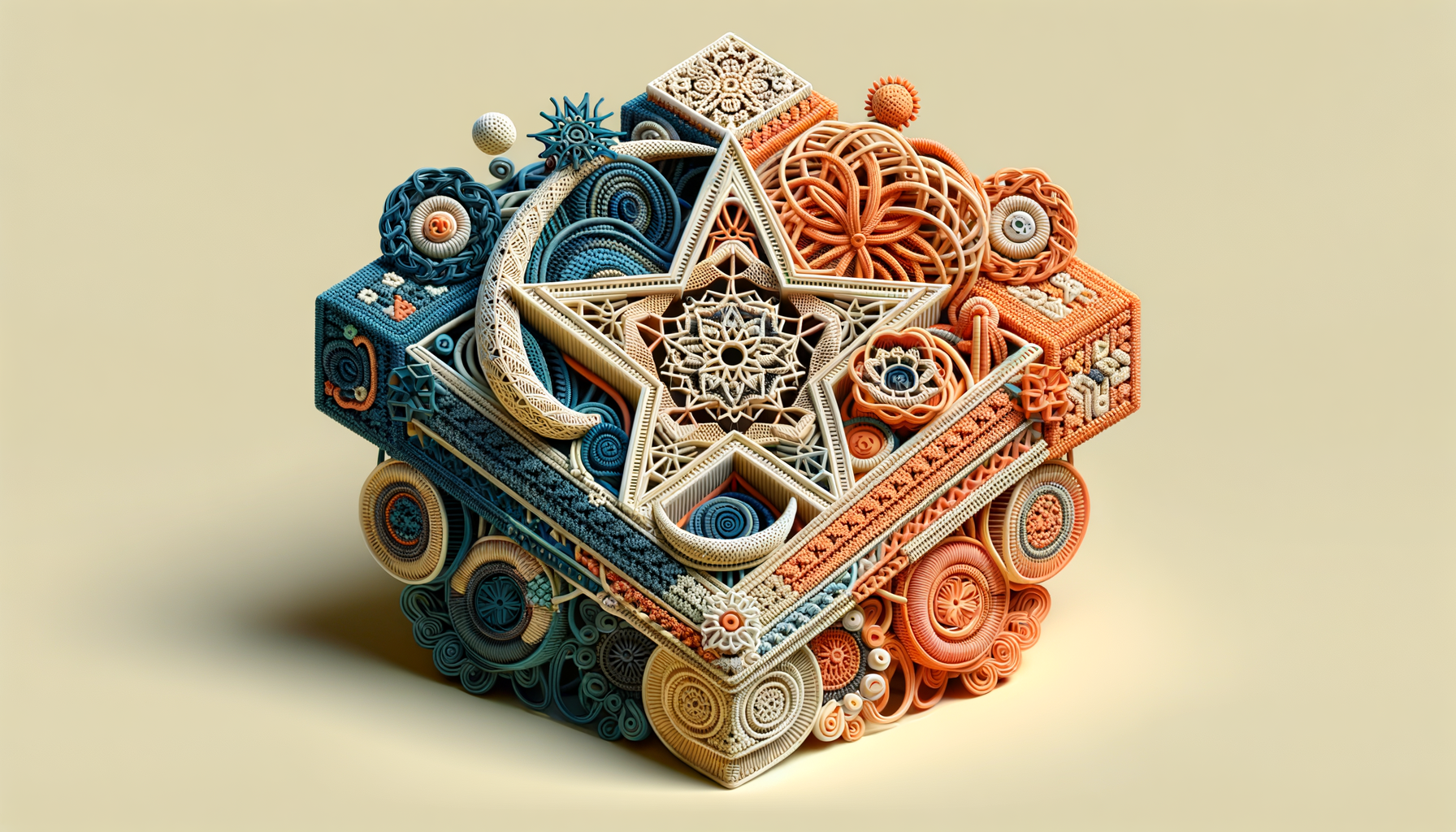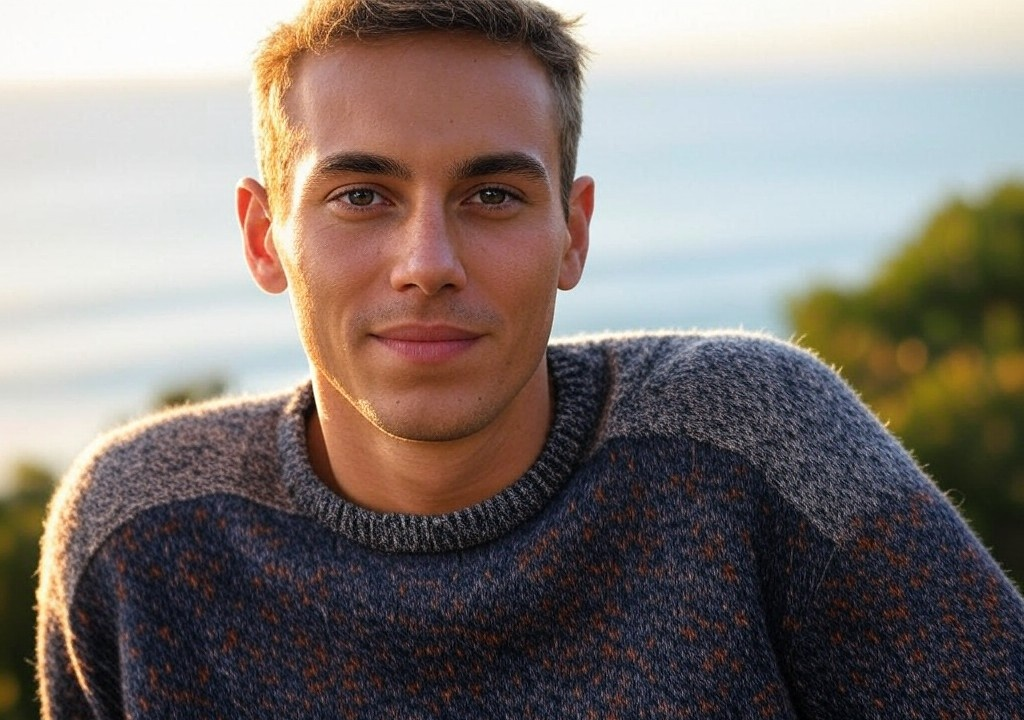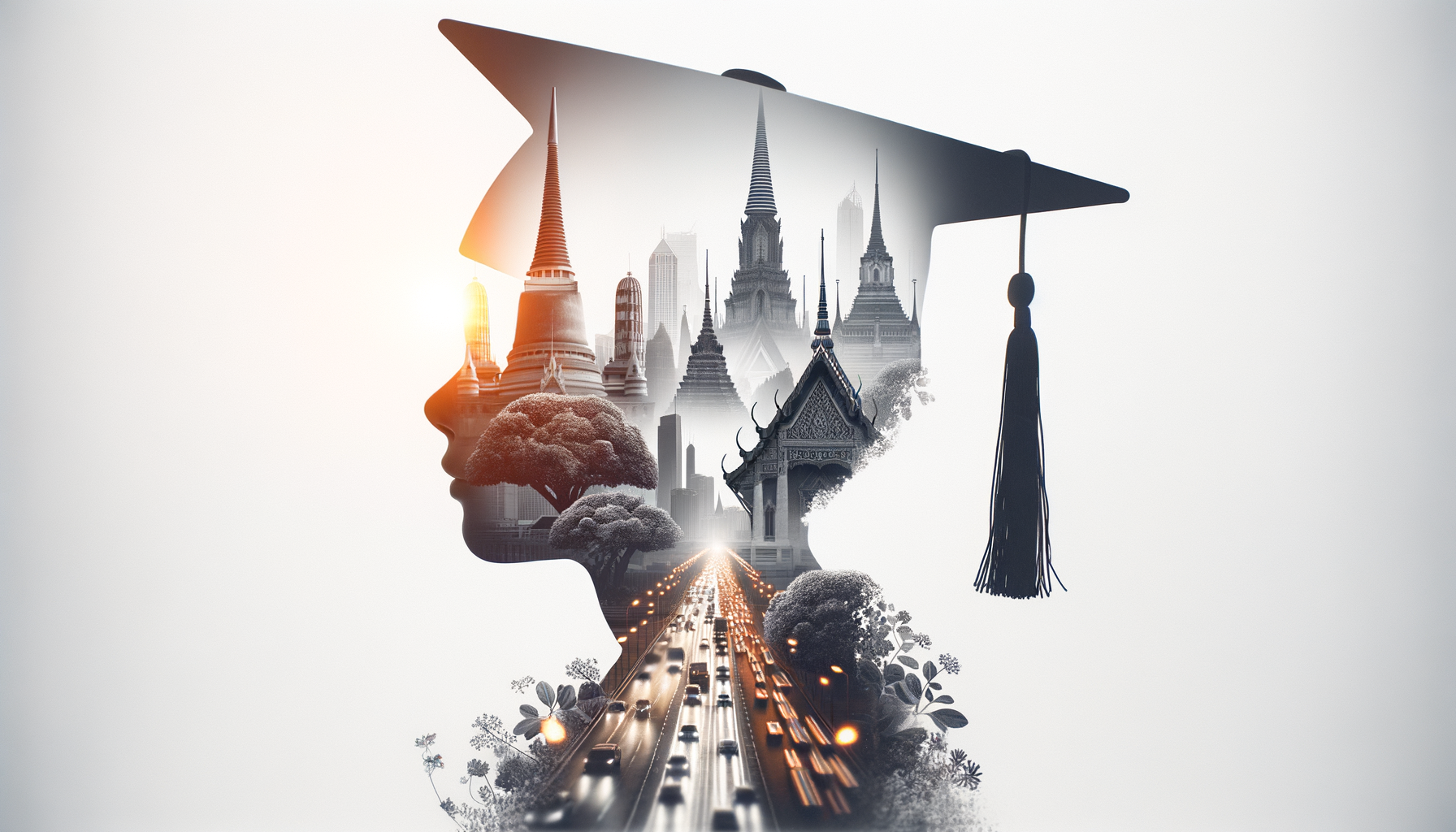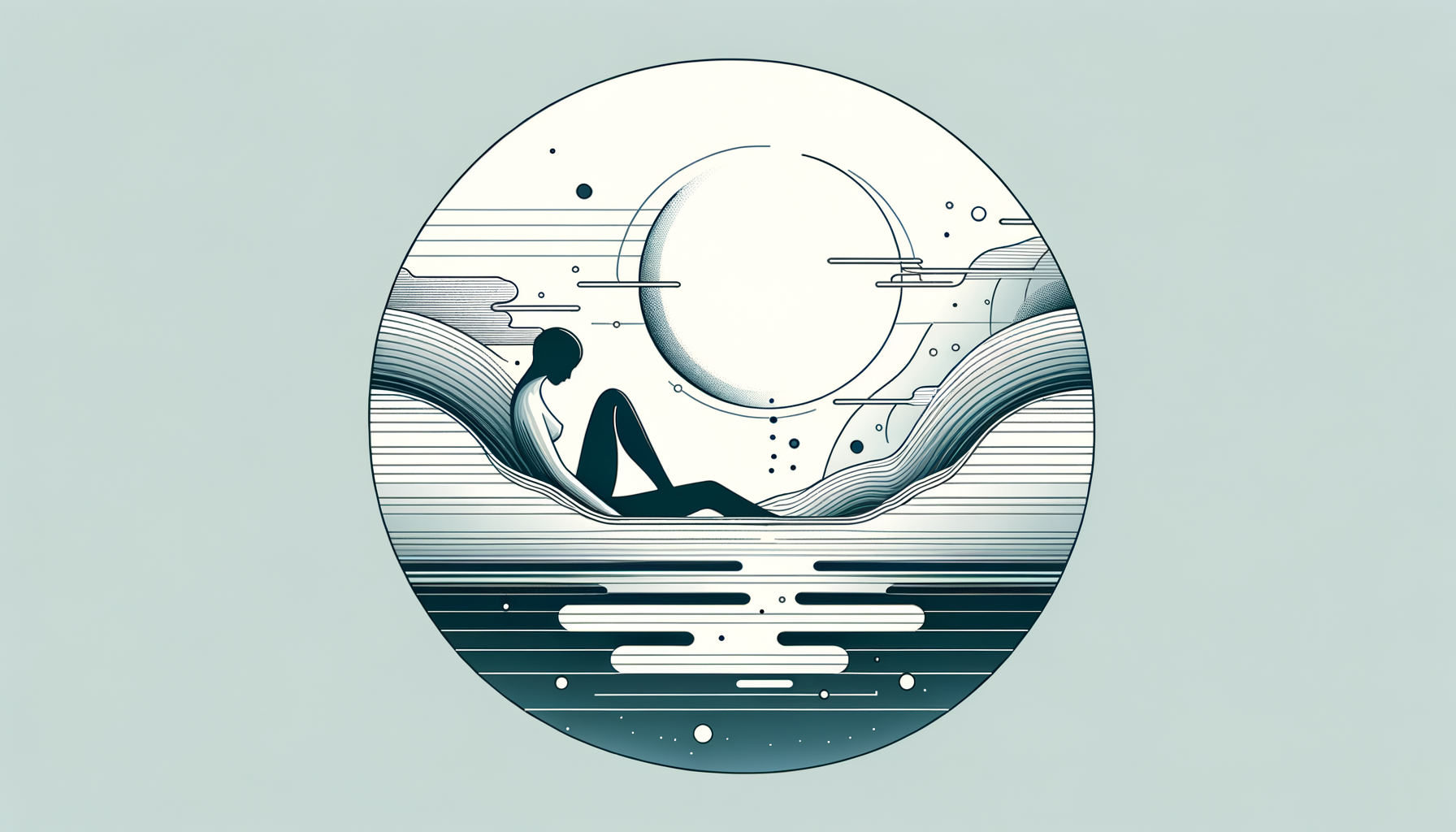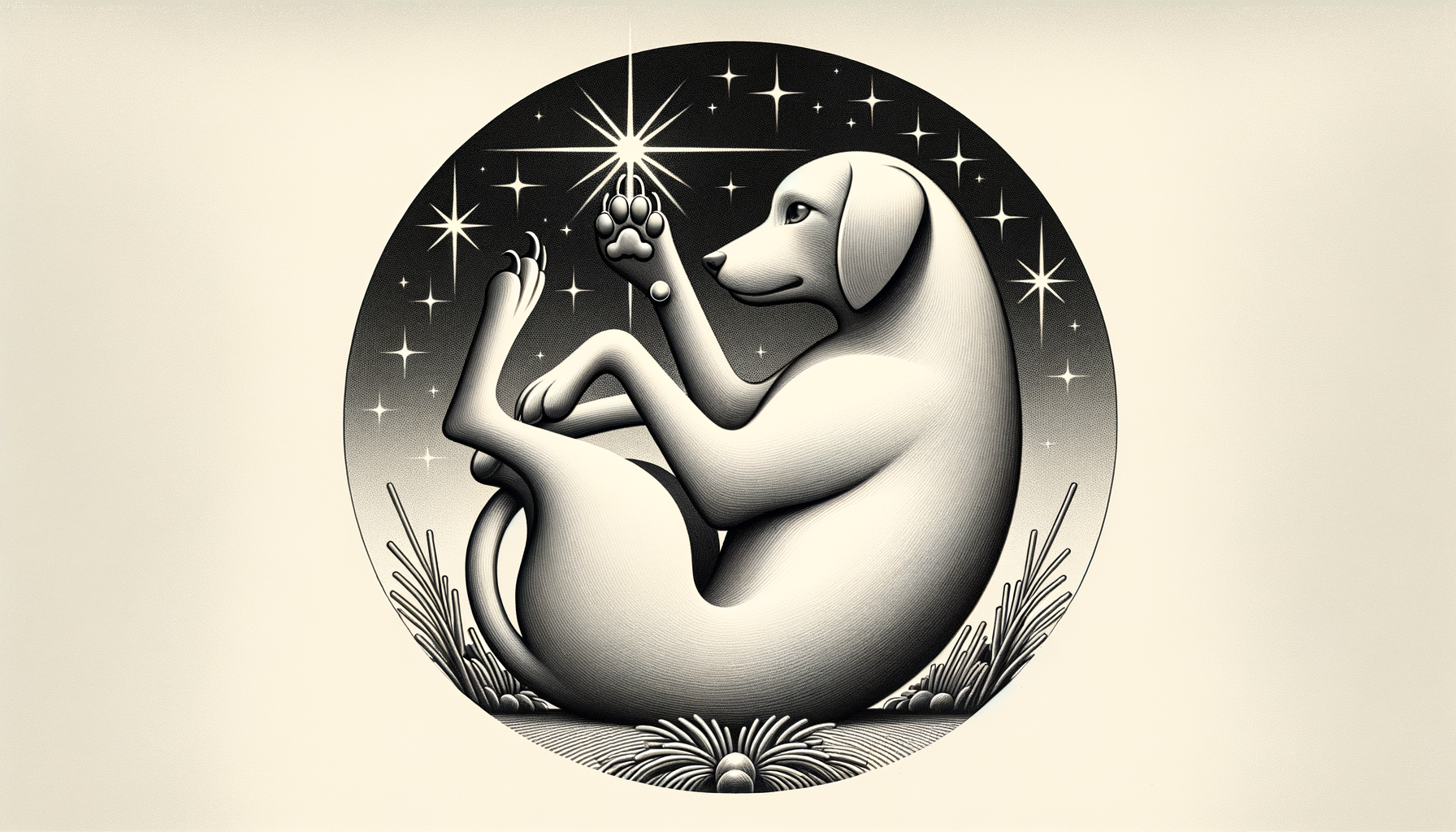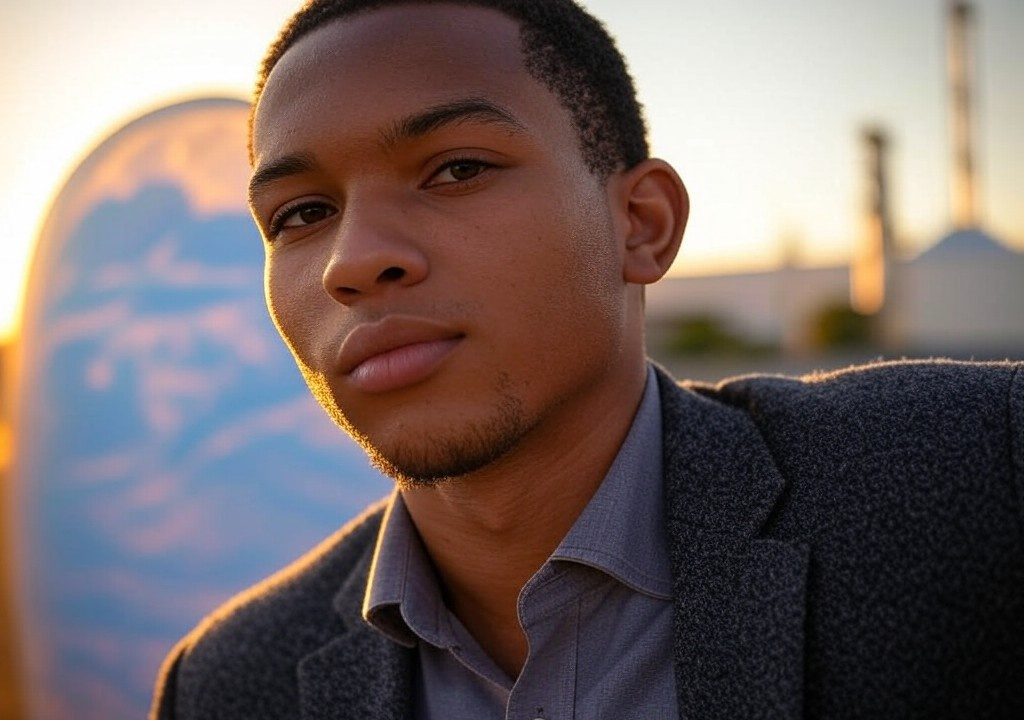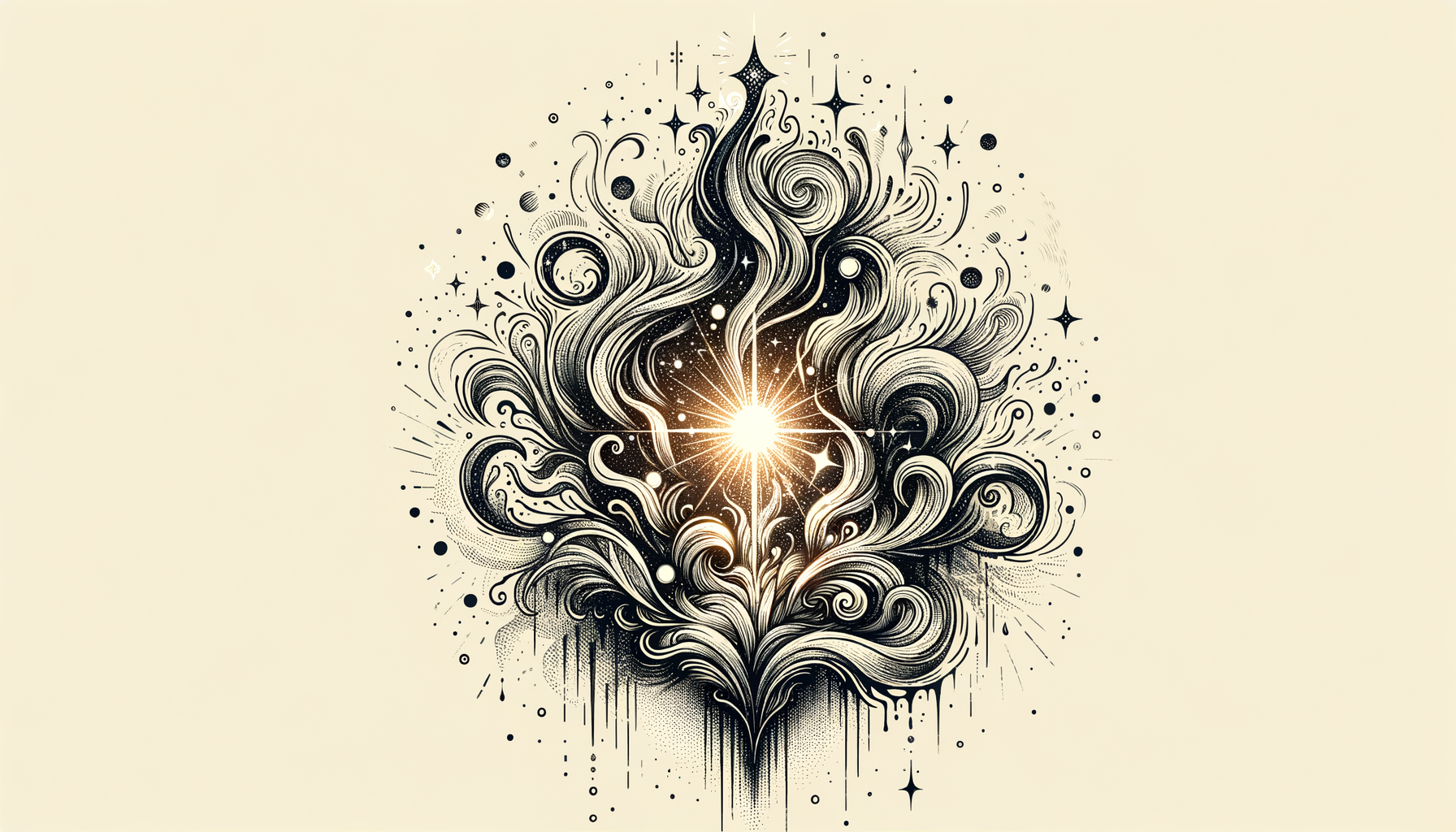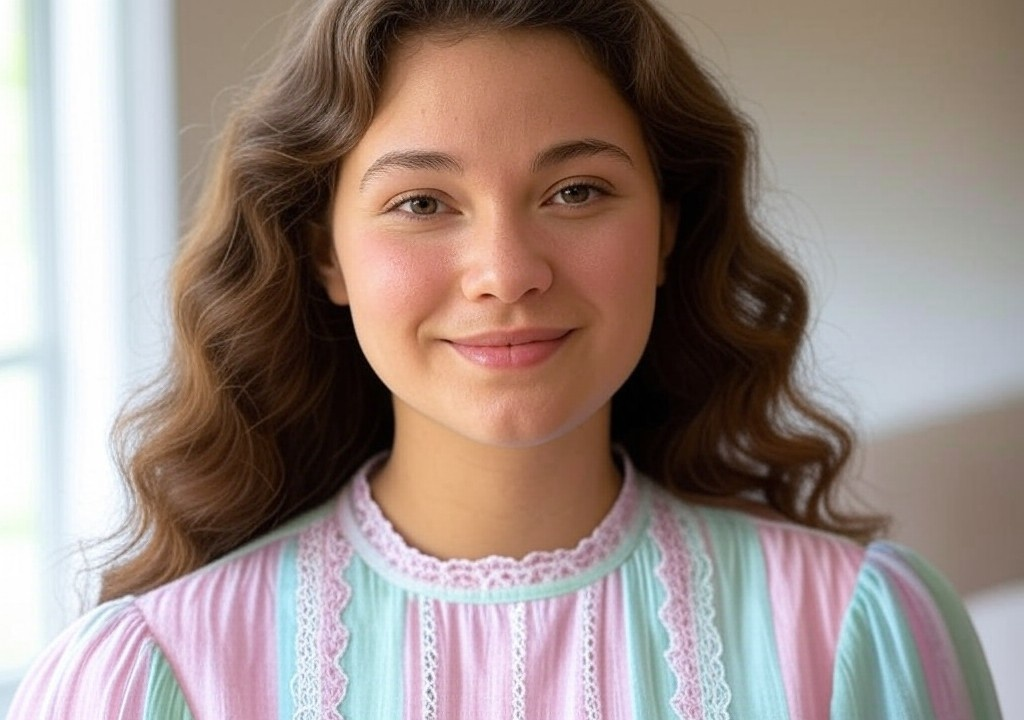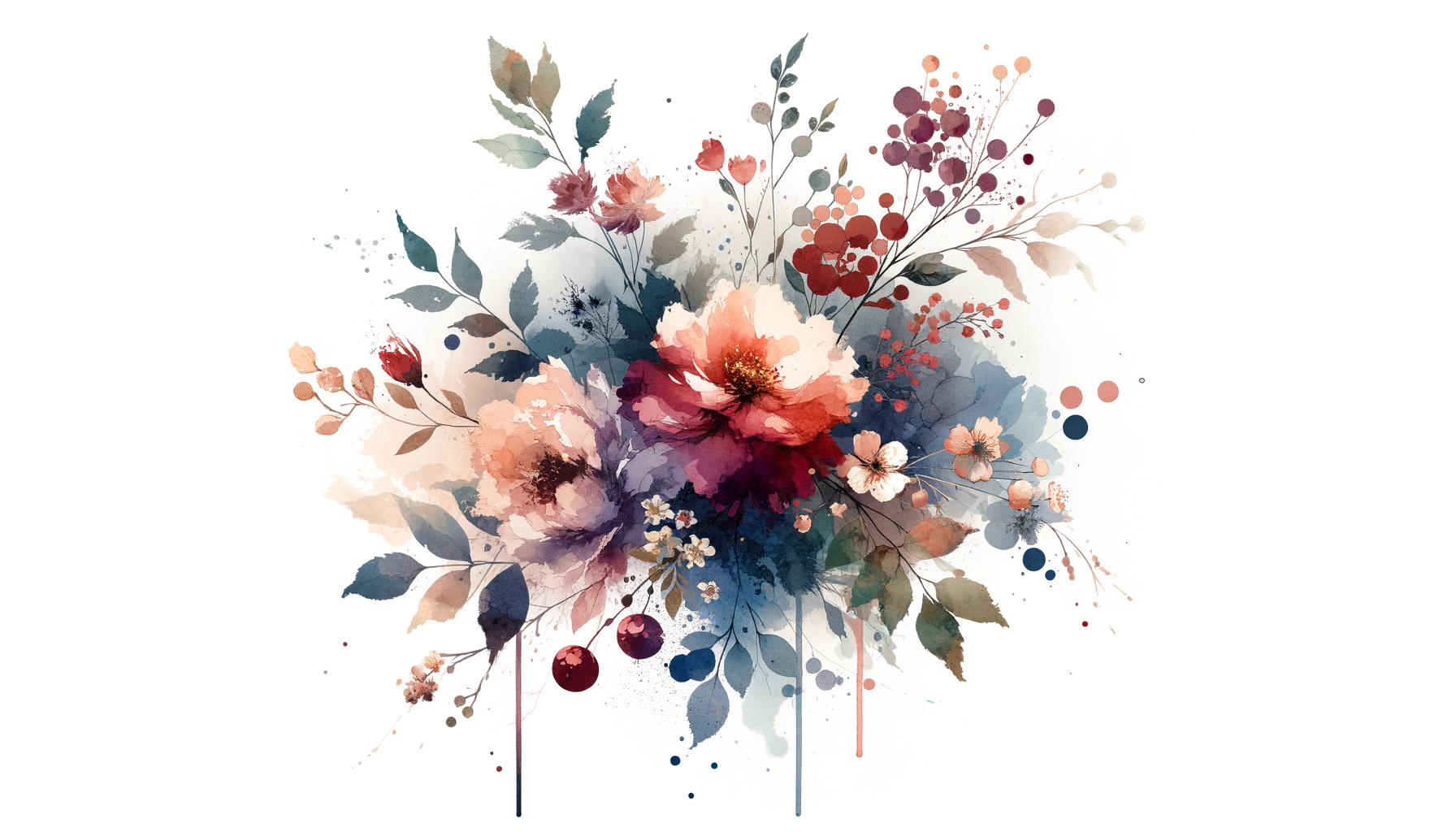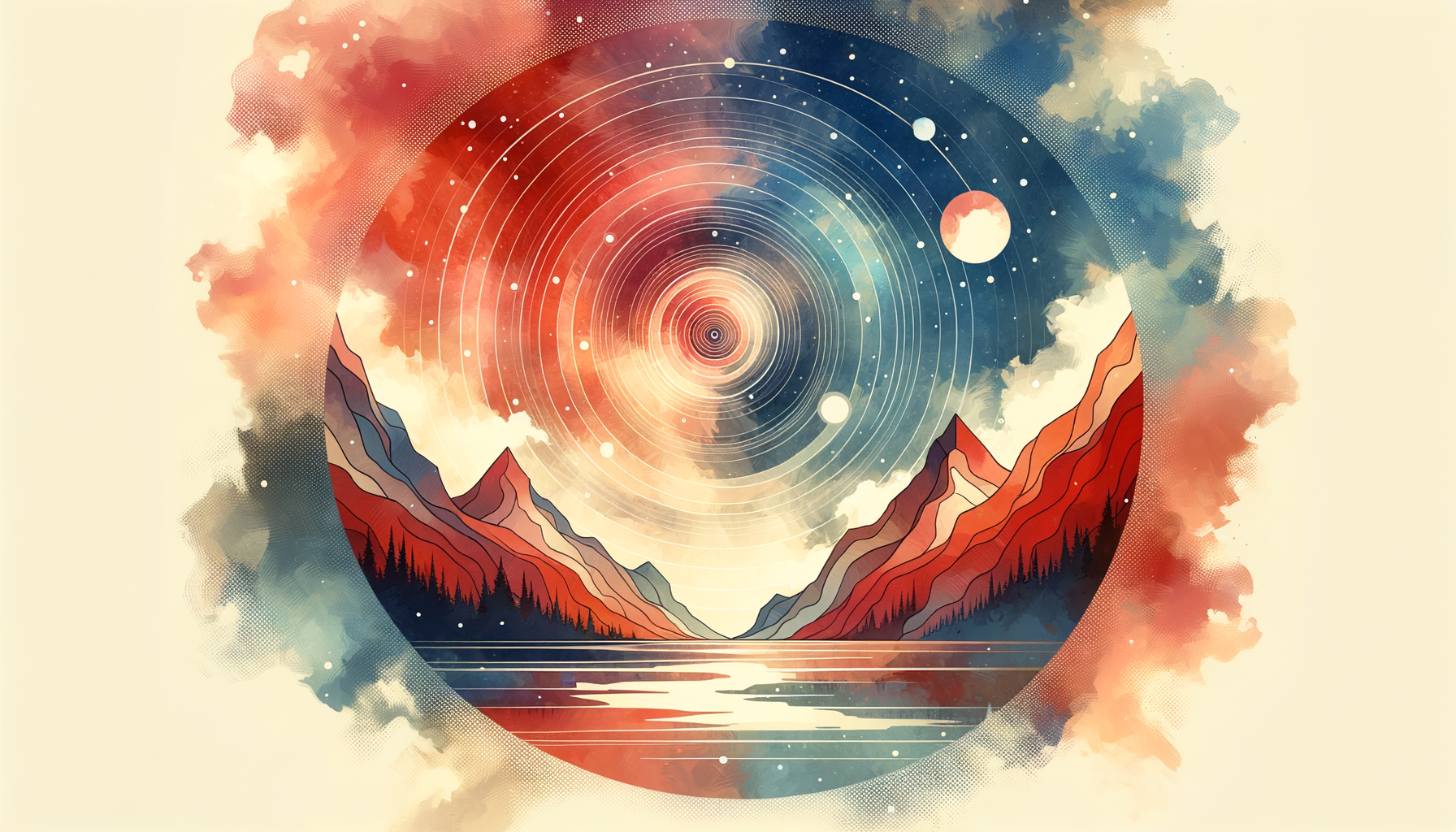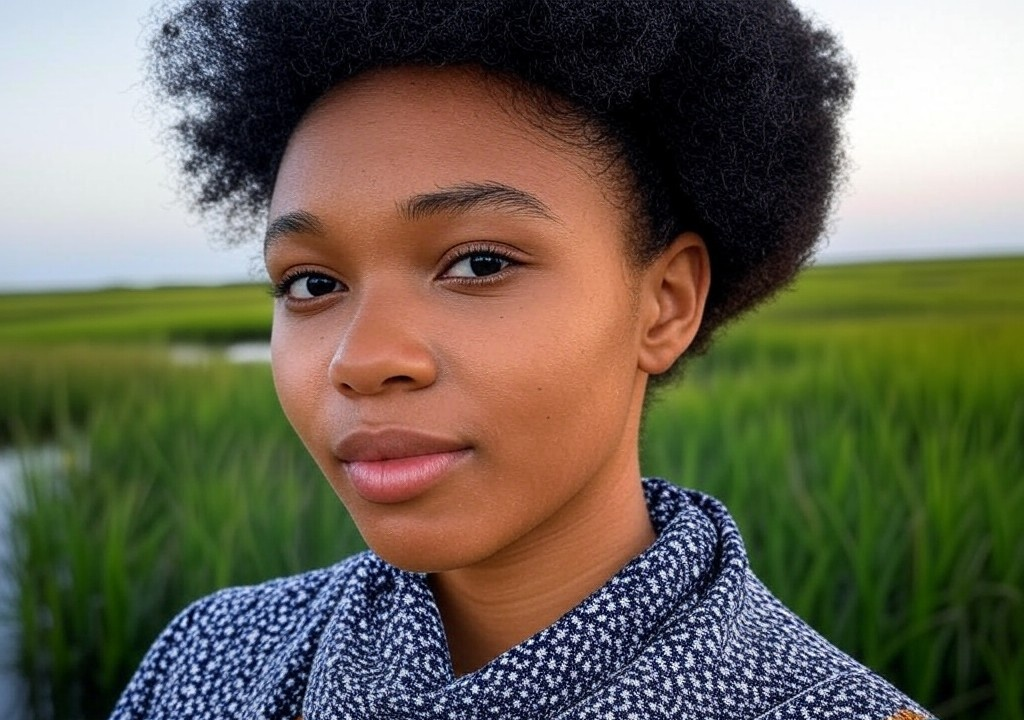How’s this for a cliché nightmare? You’re seven years old, stuck sitting alone at a birthday party, clutching a lime-green cup of flat soda while the “fun” seems to be happening with everyone else—a pack of kids chasing each other around the bounce house like they’re auditioning for American Ninja Warrior: Tiny Edition. You want in, but you don’t know how to get there. Is walking up and yelling, “Hi, I like dinosaurs!” going to be enough?
That’s kind of how my adult years started to feel. Except, instead of birthday parties and bounce houses, it was life itself—and instead of kids, it was coworkers, acquaintances, and potential lifelong connections that seemed tantalizingly out of reach. Finding your people, your community, isn’t just a childhood challenge. It’s a lifelong puzzle. And let me tell you, the missing pieces are easier to spot, but way harder to find.
The Long Road to Finding “Your People”
For me, this journey started in Miami, a city bursting with culture, color, and a perpetual humidity that feels like being hugged by the world’s stickiest abuela. I grew up surrounded by family—lots of family. My grandparents lived with us, filling our home with the smell of cafecito and conversations about politics, history, and whom in the neighborhood had “lost their sense.” My parents, Cuban immigrants, believed in community. Neighbors weren’t just neighbors; they were extended family. If someone needed help fixing a leaky roof or painting their house, you showed up with a toolkit or a paintbrush in hand because that’s what you did.
It was comforting, sure, but also a little suffocating. When you grow up in such a tight-knit world, you can’t help but wonder—where do I fit in this? Do I genuinely belong where I was born, or do I need to leave to find the people who truly align with me?
Cue my Chicago years. Oh, Chicago: land of deep dish pizza and Midwestern earnestness. I moved there in my late twenties for a writing fellowship and was prepared to thrive—or, at the very least, survive on a diet of enthusiasm and whatever free wine they gave out at literary events. Except once the novelty of a fresh zip code wore off, I realized something big. For the first time, not only was I far from my family, but I was genuinely alone. No community. No tribe.
It felt like being the new kid at school but magnified—you’re walking into places where everyone else already seems connected. They’d found their bounce houses, so to speak. I, however, was circling the punch bowl again, anxiety bubbling like cheap champagne.
The Myth of Instant Connection
Truth bomb: “finding your tribe” is a little over-romanticized. You know those coming-of-age movies where the protagonist meets a quirky group of friends and they just get each other within five minutes? Yeah, that’s a nice story, but it’s not how life works. Real-life connection takes work, awkwardness, and sometimes a lot of trial and error.
At first, I leaned into stereotypes because, well, I didn’t know what else to do. I figured, “Alright, I’m in Chicago, let me join a salsa dancing class—it’s in my blood, right?” Spoiler alert: it’s not. While other Latinos sizzled through basic steps with ease, I was the guy apologizing after two-stepping on someone’s foot like a drunk flamingo. My takeaways? Not all stereotypes fit, and maybe salsa night wasn’t the right vibe for me.
From there, I tried a writing group. This one stung a little more because, on paper, it should’ve been perfect—hello, we’re literally all people sitting in a circle talking about our isolation. Still, it felt off. The group’s energy was gorgeously broody (think Fight Club meets MFA poetry workshop), but it was also just… not me.
That’s the thing with connection. You can’t fake chemistry, but you also can’t find it unless you’re willing to keep trying.
Pro Tips for Finding Your People (Without Losing Your Mind)
It took a minute, but I eventually found my community—a mix of writers, cultural nerds, and people who love laughing about the absurdity of email chains asking if you’re free for brunch when they mean tomorrow. There’s no universal map for getting there, but here’s what worked for me (and might work for you):
-
Try the Trial-and-Error Method
It’s like dating, but less awkward when it doesn't pan out. Join clubs, attend workshops, indulge in random Meetups (the app, not vague invites from strangers on the street). Don’t expect everyone to become your ride-or-die. Some people are meant to be kind acquaintances, and that’s okay. -
Find Shared Values, Not Just Shared Interests
Sure, salsa didn’t work for me. But you know what did? A Sunday book club where we debated whether Gabriel García Márquez made us believe in love or just made us sad. My kind of nerds. Interests are surface-level; values dig deeper. -
Ditch the Fear of Awkward Moments
When I was 12, I refused to dance at quinceañeras because I was terrified of looking stupid. As an adult, I eventually realized: looking stupid is a good thing. It signals you’re trying. Say hi, even if your voice cracks. Tell the joke that might not land. Awkwardness is a prelude to connection. -
Don’t Assume Geography Defines Belonging
Yes, Chicago gave me my first adult tribe, but I’ve since realized that shared physical spaces aren’t the only way to stay connected to people. Some of my greatest friendships are long-distance. We send memes (nothing connects like a good meme) and have virtual wine nights. Your people might already be your people—you just need to lean into existing connections. -
Give Yourself Time
Community isn’t Instacart. It doesn’t show up on your doorstep within 90 minutes. (If it did, I’d live for that app.) Don’t rush the process. Let connections build slowly and naturally. Anything worth having takes effort and intention.
Finding Home in Connection
As ironic as it might sound, my grandparents—who never left Miami—taught me the most about my Chicago tribe. They might not understand scrawled to-do lists or the reason I keep posting TikTok links in the family group chat (what can I say, I have range), but they modeled one universal truth: people who matter see you, even when the world around you can’t quite figure out your dimensions.
Whether that’s your childhood neighbor, the coworker who brings you coffee “just because,” or the friends who see you crying over a failed relationship and throw an impromptu dance party in your honor, those are your people. They’re not bound to geography, circumstance, or shared Spotify playlists (although, bonus points if they have good taste). They’re your mirror on the days you feel invisible.
Finding them takes patience, courage, a little awkwardness, and maybe—and here’s the kicker—a couple of wrong bounce houses along the way. But trust me. The soda tastes so much better once you’ve found your seat.


